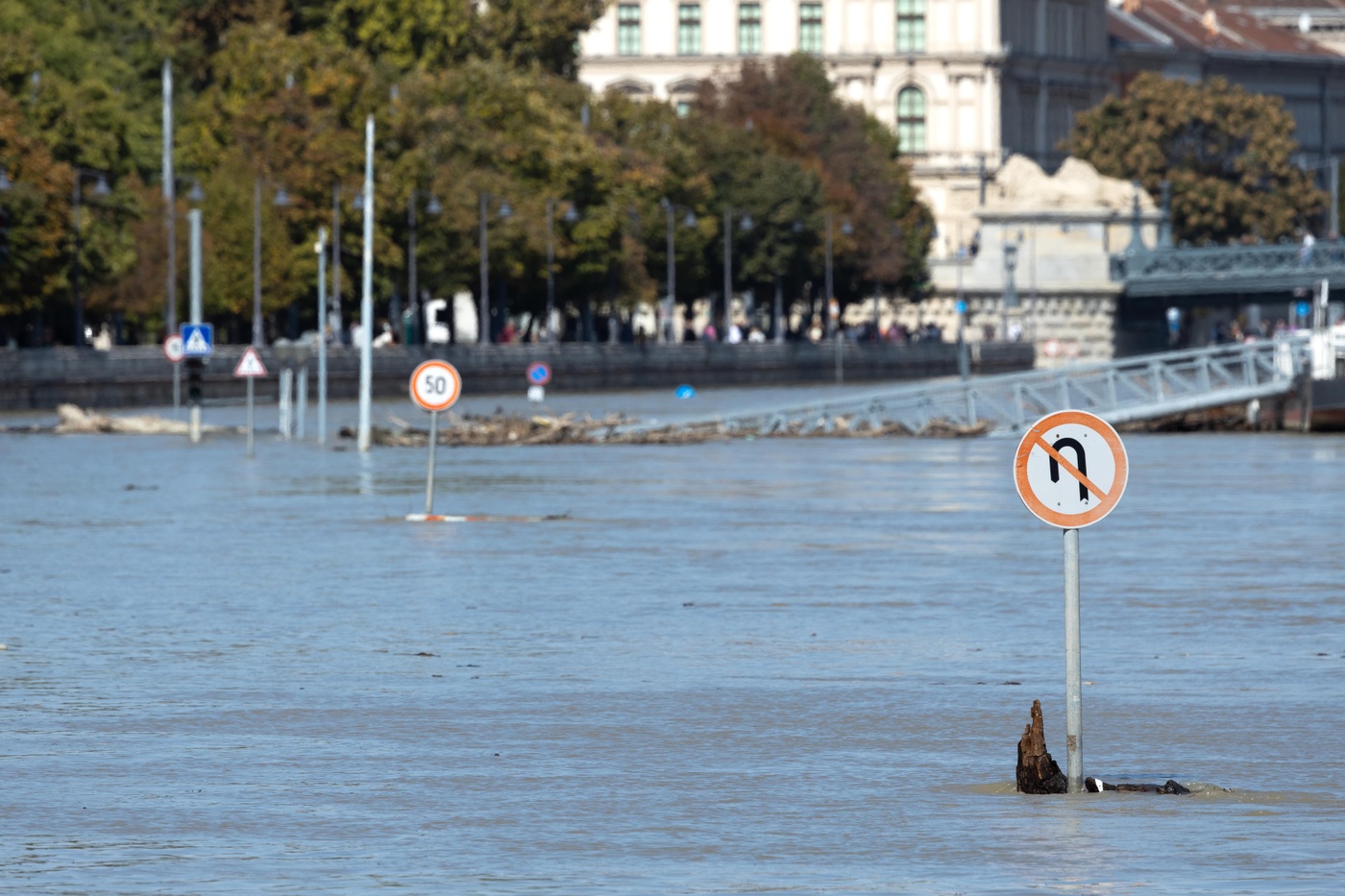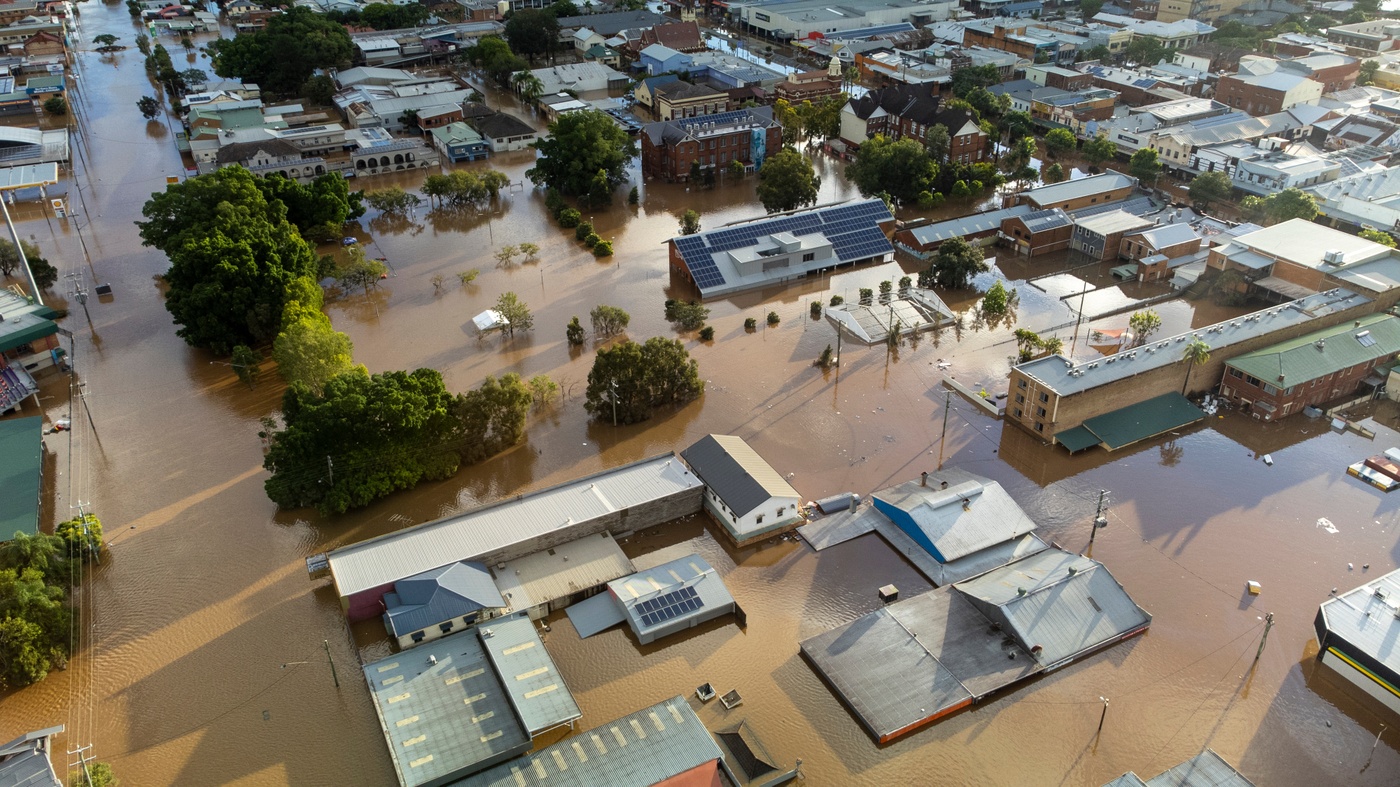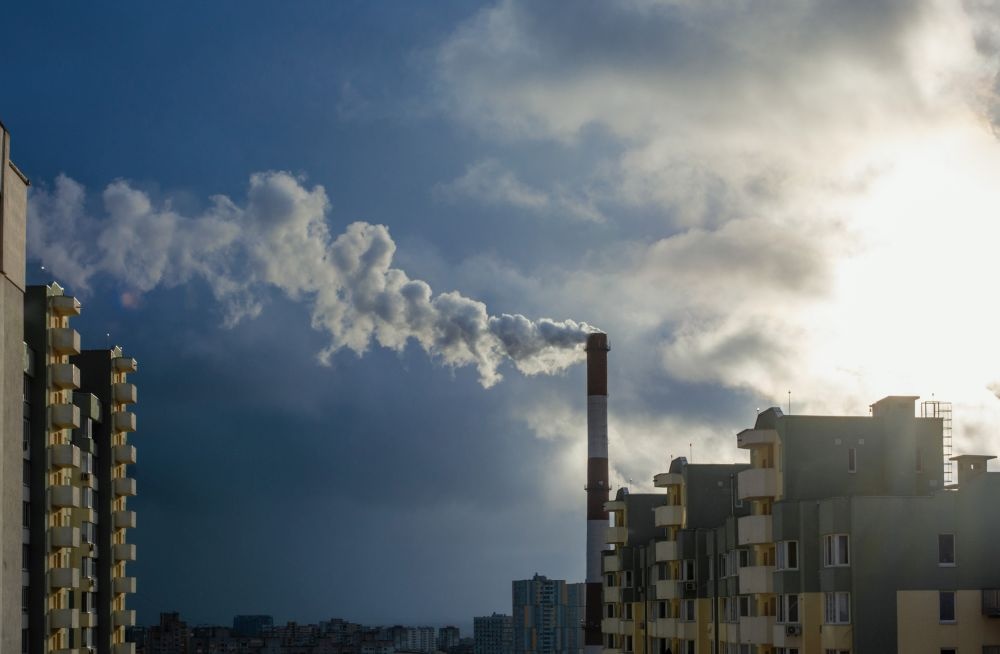From natural science to social science, from risks to solutions, from identifying Planetary Boundaries to managing Global Commons: The Potsdam Institute for Climate Impact Research (PIK) is advancing the frontier of integrated research for global sustainability, and for a safe and just climate future. A member of the Leibniz Association, the institute is based in Potsdam, Brandenburg and connected with the global scientific community. Drawing on excellent research, PIK provides relevant scientific advice for policy decision-making. The institute’s international staff of about 500 is led by a committed interdisciplinary team of Directors. This is science – for a safe tomorrow.
News
Press Release

70 years of data show adaptation reducing Europe’s flood losses
Read more
Press Release

60 percent of the world’s land area is in a precarious state
Read more
Press Release

Tropical bird populations reduced by a third since 1980, compared to a world without climate change
Read more
Press Release

Nature study on economic damages from climate change revised
Read more
News

PIK develops a new global, high resolution data set of atmospheric rivers
Read more
Press Release

How sustainable climate policy and sound public finances go hand in hand
Read more
Press Release

International cooperation on fossil fuel levies could raise billions for climate finance
Read more
Press Release

Hospital and nursing home food undermines both patient and planetary health, new study shows
Read more
News

Data-based analysis confirms: Paris Agreement temperature limits increasingly out of reach
Read more
Numbers
Publications
PIK in the Media
Aug 20, 2025
· The Guardian online (Online-Medien)
Monkeys falling from trees and baking barnacles: how heat is driving animals to extinction | Global...
Go to Article
Aug 18, 2025
· Spiegel Online (Online-Medien)
Dokumentation: So verändert die Klimakrise Deutschland
Go to Article
Aug 18, 2025
· Zeit Online (Online-Medien)
Studie: Hochwasserschäden durch Anpassung verringert
Go to Article
Aug 18, 2025
· Süddeutsche.de (Online-Medien)
Studie: Hochwasserschäden durch Anpassung verringert
Go to Article
Aug 14, 2025
· Süddeutsche.de (Online-Medien)
Untersuchungen von Stalagmiten: Studie gibt neue Hinweise auf Ende der Maya
Go to Article
Projects (Selection)


















